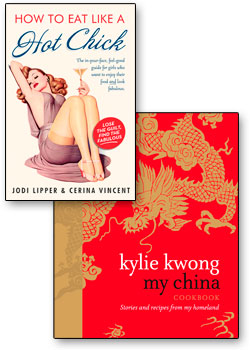Prepress work
Often, my work actually starts with the receipt of ‘final’ files. Depending on the situation, that may be as simple as receiving files from a designer which look great, but need a few stray RGB colour swatches or images converted to printable CMYK before PDFs are created for the printer. On the other hand, the files may need wholesale reworking: for example, the original files may not have been intended for co-edition publishing and need adapting accordingly, or old files are being re-used in different ways, perhaps in a series rebranding exercise, or a size and shape reformat.
Co-editions
As well as designing files ready for co-edition sales from scratch, I’m also often asked to make existing files co-editionable. That means setting up a fifth colour and ensuring that anything that might be translated into another language - whether in the prelims, main text, captions, illustrations or even logos - is converted to that colour. Some design changes may also be needed, as text reversed out of a coloured background isn’t suitable for co-editions. In addition, all instances of the fifth colour must overprint, which may change the appearance of black tints, for example.
I can supply five colour composite or fully preseparated press ready PDFs, depending on the requirements of the particular printer.
Anglicisation
While not technically demanding, Anglicisation requires the painstaking accuracy working from marked-up proofs that creative designers don’t always have! In cookery books like My China, which originated in Australia, a fifth of the pages required amendment.
Such changes may include adding imperial weights alongside metric (or vice versa), as well as changes in the names of ingredients and implements or even changes of ingredients themselves. The reverse process of Americanisation is often applied to books produced in the UK for sale in the USA.

Reformatting
Reformatting books can be as simple as reducing or increasing the size of a monochrome book proportionally when outputting PDFs, or as challenging as individually resizing text and picture boxes on every page, and re-flowing text to fit the new shape (for example Daily Candy, reshaped - and Anglicised - from a tall thin US edition to a much squarer format for UK publication.
Book packagers frequently reformat successful colour books for different markets and I have done a great many of these for Carroll & Brown, whose workflow also requires application files to be output to PDF twice: one set of PDFs with the black text only, and another with just the composite CMYK plates.










